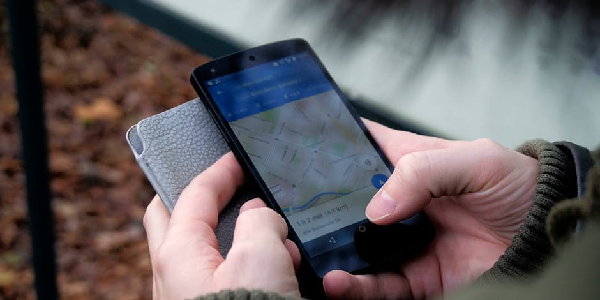
March 3, 2017, by Stuart Moran
Digital Engagement (4): The Crowd’s Resources
So far in this blog series we have explored the idea of using the crowd to analysis research data and also to provide their own data. For some types of research, the data the crowd provides may not be suitable or accurate enough e.g. a person’s description of a location (“Notts”) versus a GPS co-ordinate (52.9547832 , -1.1581086).
I think it’s fair to say that a large proportion of the crowd own a smartphone, and with this comes significant opportunities to capture new and quantitative data. It’s important to remember that a smartphone is actually a portable computer, with a number of different sensors and a good amount of on board processing power. In fact, advanced add-on sensors have been developed that can plug directly into smartphones to capture even more kinds of data.
Let’s take a look at a couple of examples of how the crowds’ resources, in this case their smart phone, have been leveraged to accurately gather and analyse different types of data:
Phone Sensors
Noise Tube makes use of the microphone in a smartphone to record local sounds. The Crowd are asked to make recordings in areas where they think there may be noise pollution, and the data is aggregated to create a ‘noise map’.
iRecord Lady Birds makes use of the camera in a smartphone to capture images of Lady Birds. The Crowd are asked to document the presence of Lady Birds as a part of a survey to monitor species populations.
Crowd Sourced Transport makes use of the smartphones GPS to record accurate locations and form travel routes. The Crowd are asked to share this information monitor congestion on public transport routes and to also identify potential new routes (e.g. bike paths)
Street Bump uses the smartphones accelerometers, which measure the orientation of the phone, to detect bumps in the road. The Crowd are asked to use the app when they are travelling, and when the phone detects an unexpected bump, this is recorded as a potential pothole and the city officials are automatically contacted with a report of its location.
Compute Power
Gaze Capture is an application that makes use of a phones camera and processing power to track the users eyes. This is a useful tool for understanding how people consume mobile information.
Skin Vision makes use of the phones camera to analyse a person’s mole or skin condition, and then provides an instant recommendation.
New Forest Cicada uses the phones microphone to capture a sound and then automatically analyse it to determine if it is a Cicada.
Additional Sensors
Weather Station and Geiger Sensor are external sensors that can be plugged into a smartphones headphone socket to capture weather and radiation related information.
Temperature Sensor can be paired with a mobile phone using a Bluetooth connection, providing the ability to capture temperature information.
I particularly like the ability for researchers to give the crowd external sensors that help capture specialised information. By working with the crowds resources, researchers not only capture accurate data, but also uniquely engage the crowd with the principles and methods of the research first hand.
If you would like to discuss the use of Crowd Sourcing in your research, please do get in touch with the Digital Research Team.
This blog is part of a series on Digital Engagement. Previous in series: The crowd and their data. Next in series: The crowd and their knowledge.
Stuart Moran, Digital Research Specialist for Social Sciences
No comments yet, fill out a comment to be the first

Leave a Reply